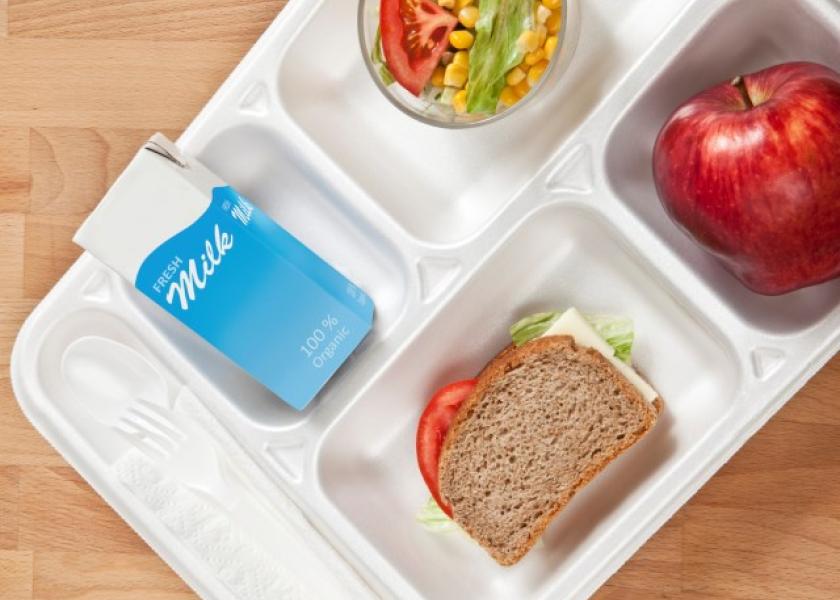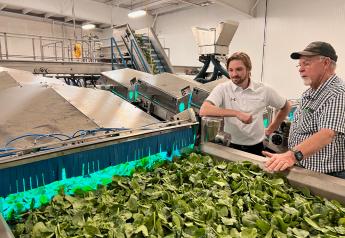USDA report: Increased fruit and vegetable purchases followed school nutrition reform

The passage of the Healthy, Hunger-Free Kids Act in 2010 resulted in major updates in school meal nutrition standards that have translated to substantial gains in governmental fruit and vegetable purchases, a new report says.
The revised nutrition standards, which began to be implemented in 2012, required USDA school meals to include whole-grain-rich foods, more fruits and legumes, and a broader mix of vegetables (including dark green and red/orange vegetables), according to a summary of the 22-page report, titled "Trends in USDA Foods Ordered for Child Nutrition Programs Before and After Updated Nutrition Standards."
USDA Foods provided 11% of the value of foods obtained by USDA school meal programs in school year 2009-2010, the most recent available data on school food purchasing. In 2021 dollars, this number would translate to a value of about $1.40 billion for the 50 States and the District of Columbia.
“The percent of fruits and vegetables distributed through the USDA Department of Defense Fresh program rose sharply, from 6% of total USDA Foods distributed in 2012 to 15% of total USDA Foods entitlement funds used in 2017,” the report said. Authors of the USDA report are Michael Ollinger and Joanne Guthrie.
Fruit from USDA Foods — mainly canned and frozen — as a percentage of total USDA Foods entitlement funds used, rose 66%, from 9% in 2012 to 15% in 2017.
On the other hand, the report said cheese, poultry and red meat obtained with USDA entitlement funds dropped to a range of 60% to 70% of USDA Foods entitlement funds used during 2012–2017, compared with 65% to 75% of USDA Foods entitlement funds used during 2006 to 2011, the report said.
Internal changes
The report said increases in the use of USDA entitlement funds to obtain USDA Department of Fresh and USDA Foods fruits and vegetables may have been encouraged by the revised nutrition standards.
Convenient fruit products, such as single-serve fruit cups, offered by USDA Foods that met nutrition standards proved to be particularly popular. Single-serve fruit was never more than 10% of fruit by value before 2011, but by 2017, those products accounted for nearly 42% of all USDA Foods fruit by value.
The updated standards of 2012 also called for more variety in vegetables with weekly requirements for red/orange, dark green, other, and starchy vegetables.
In 2012, school food authorities did not obtain any dark green vegetables from USDA foods funds, but this changed when the Food and Nutrition Service added spinach and broccoli to the USDA Foods Available List in 2013.
“Schools responded immediately by using entitlement funds to make dark green vegetables 8% of their USDA Foods vegetables by value in 2013 and 16% to 18% of their USDA Foods vegetables by value thereafter.
However, the report said the increase in dark green vegetables came largely at the expense of starchy vegetables, such as french-fried potatoes, which dropped from 52% of the value of all vegetables from 2006 to 2011 to 45% during fiscal years 2012 to 2017. The percentage of tomatoes and other red/orange vegetables rose from 26% to 29%; green beans and other vegetables declined from 22% to 13.5% of the total value of all vegetables, the report said.







